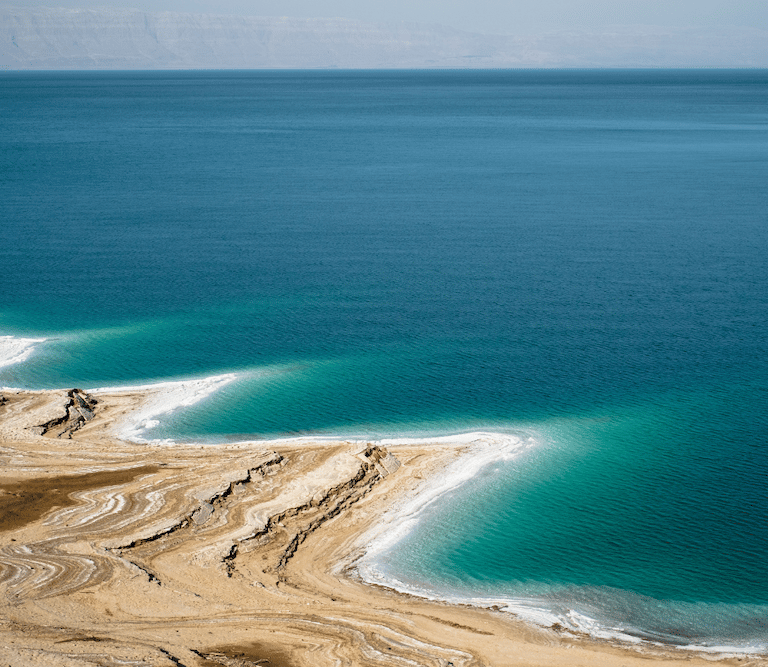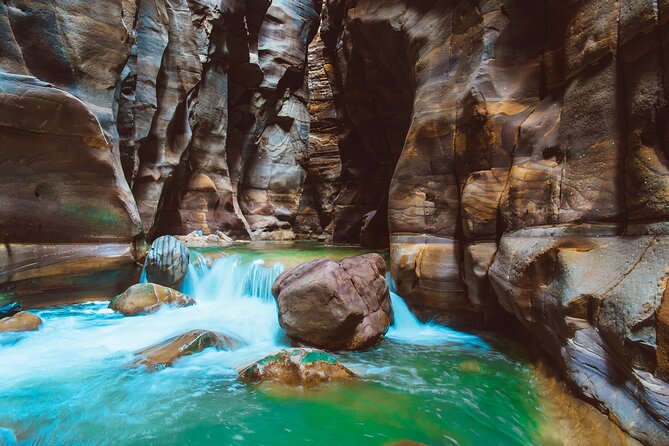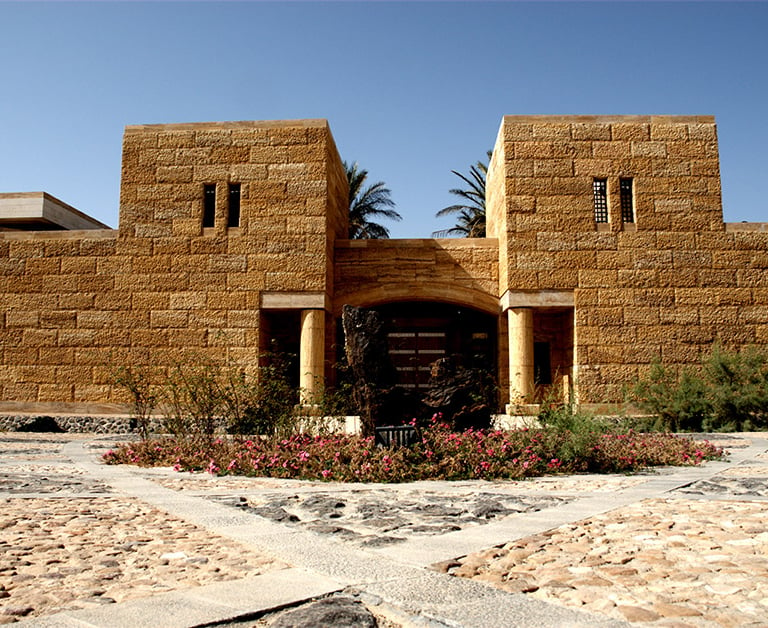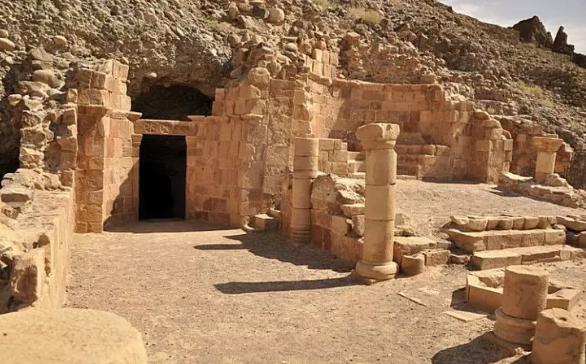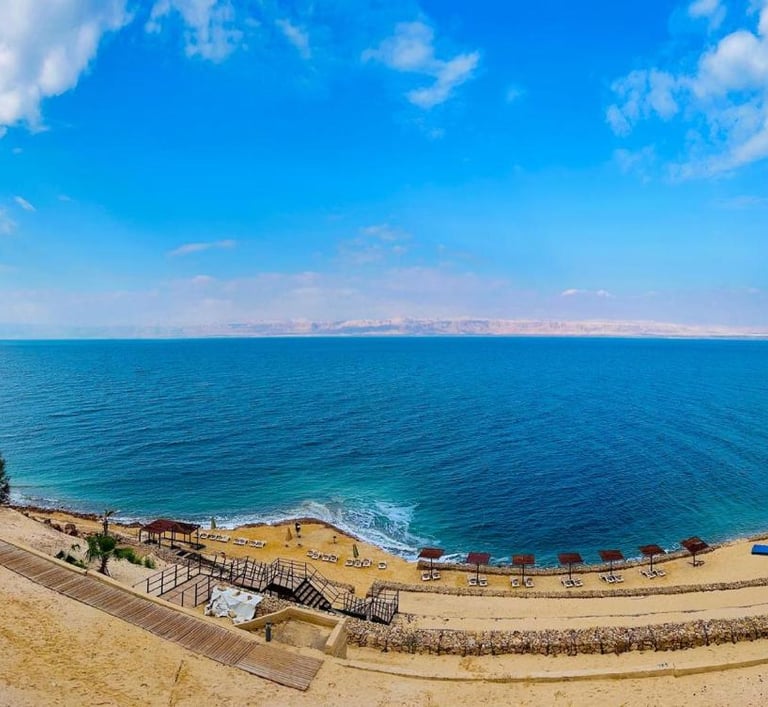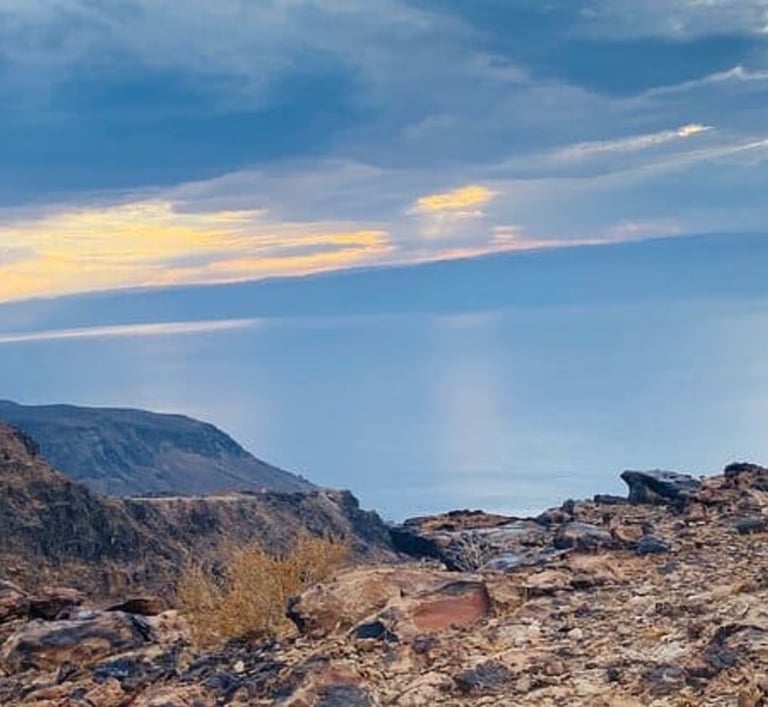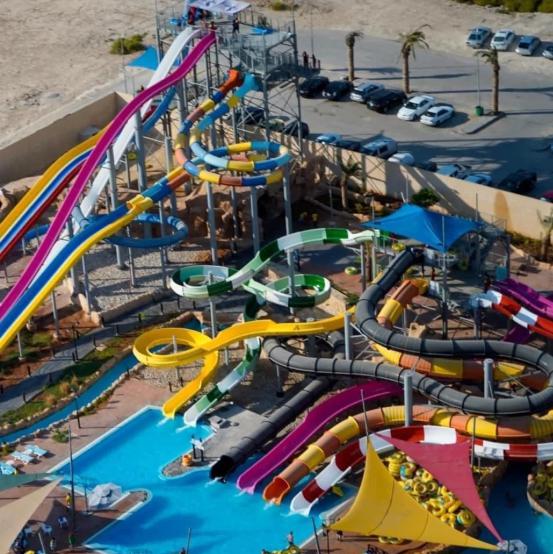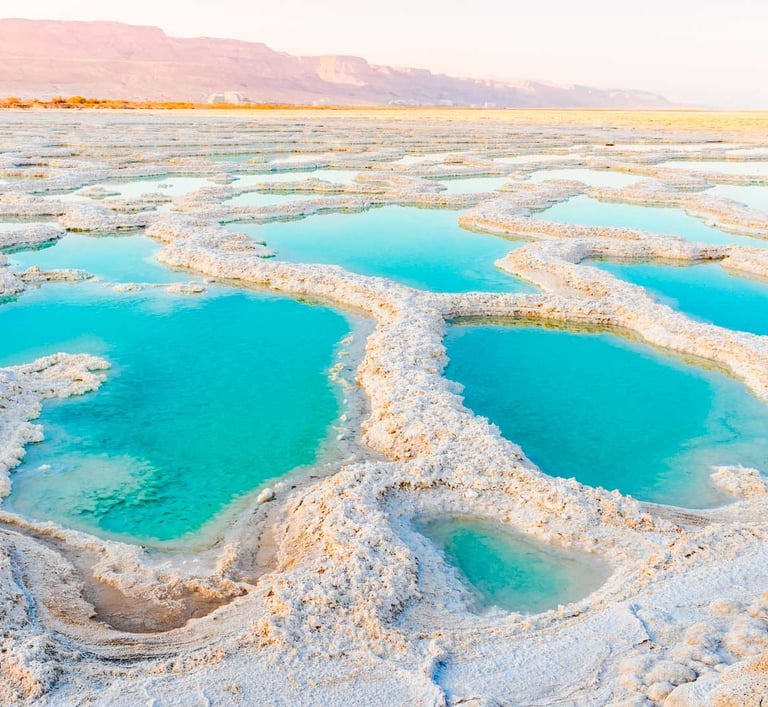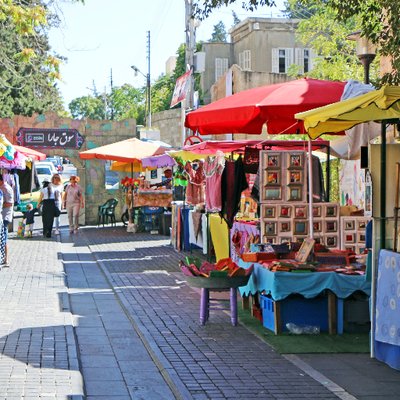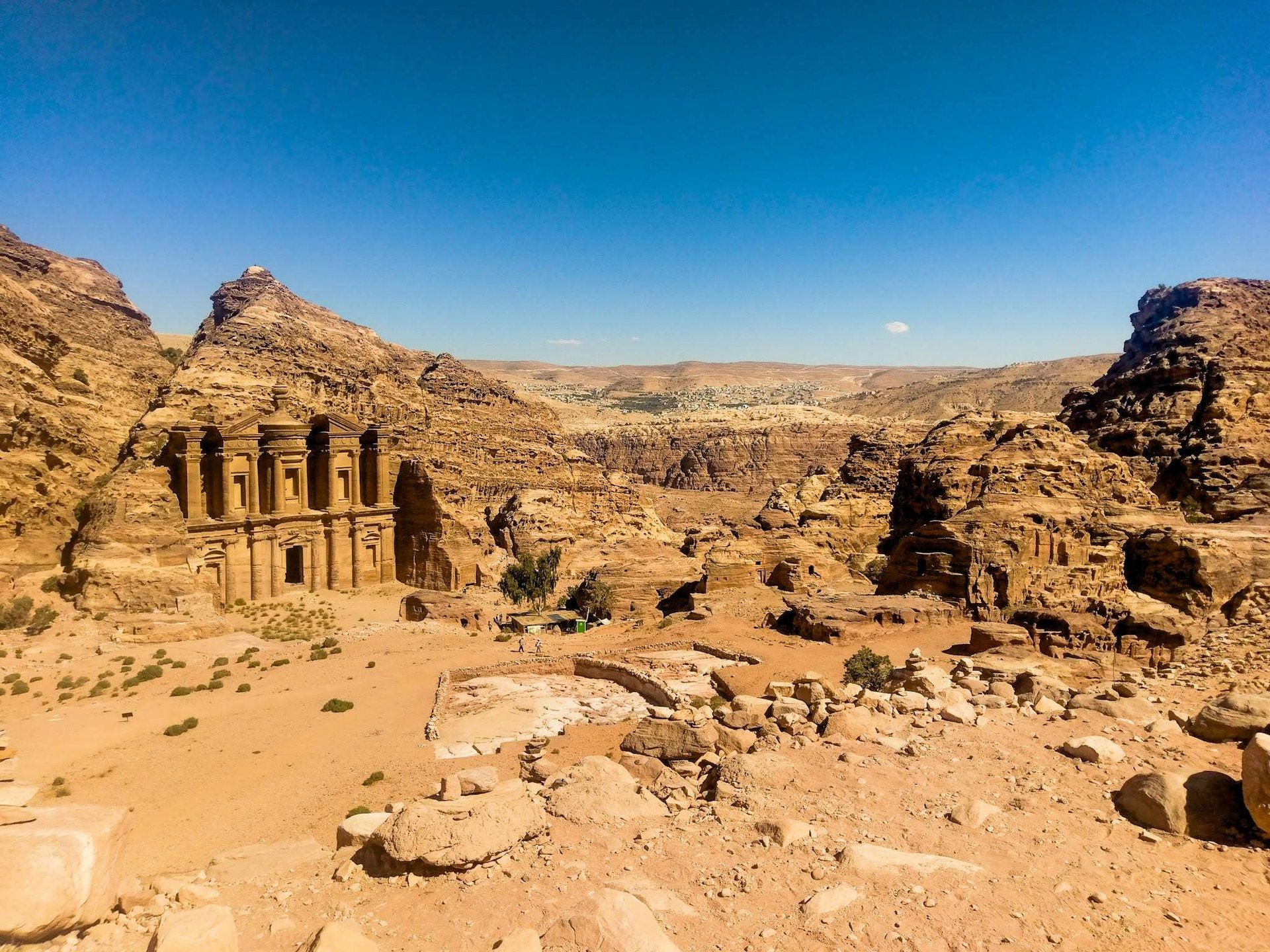
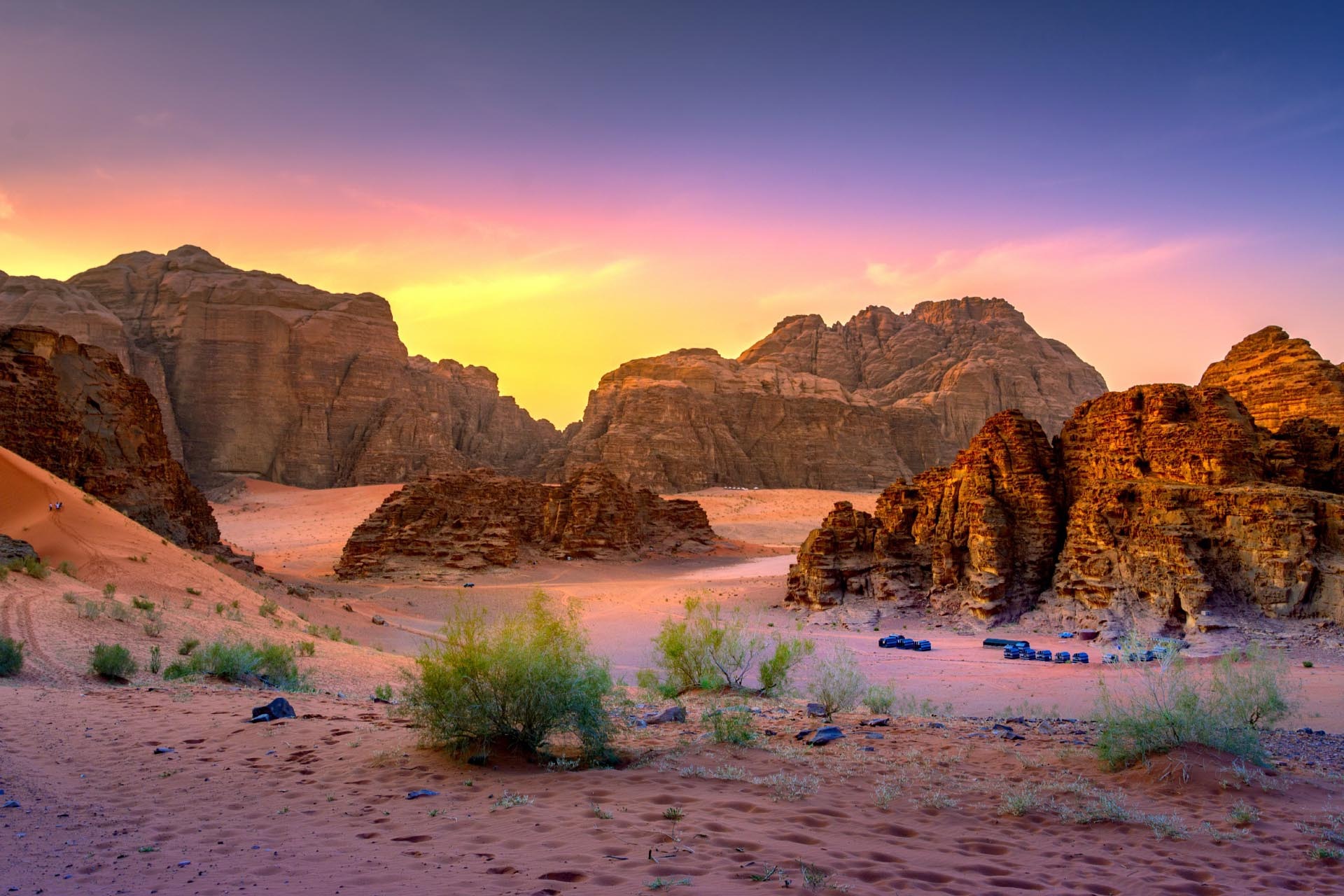
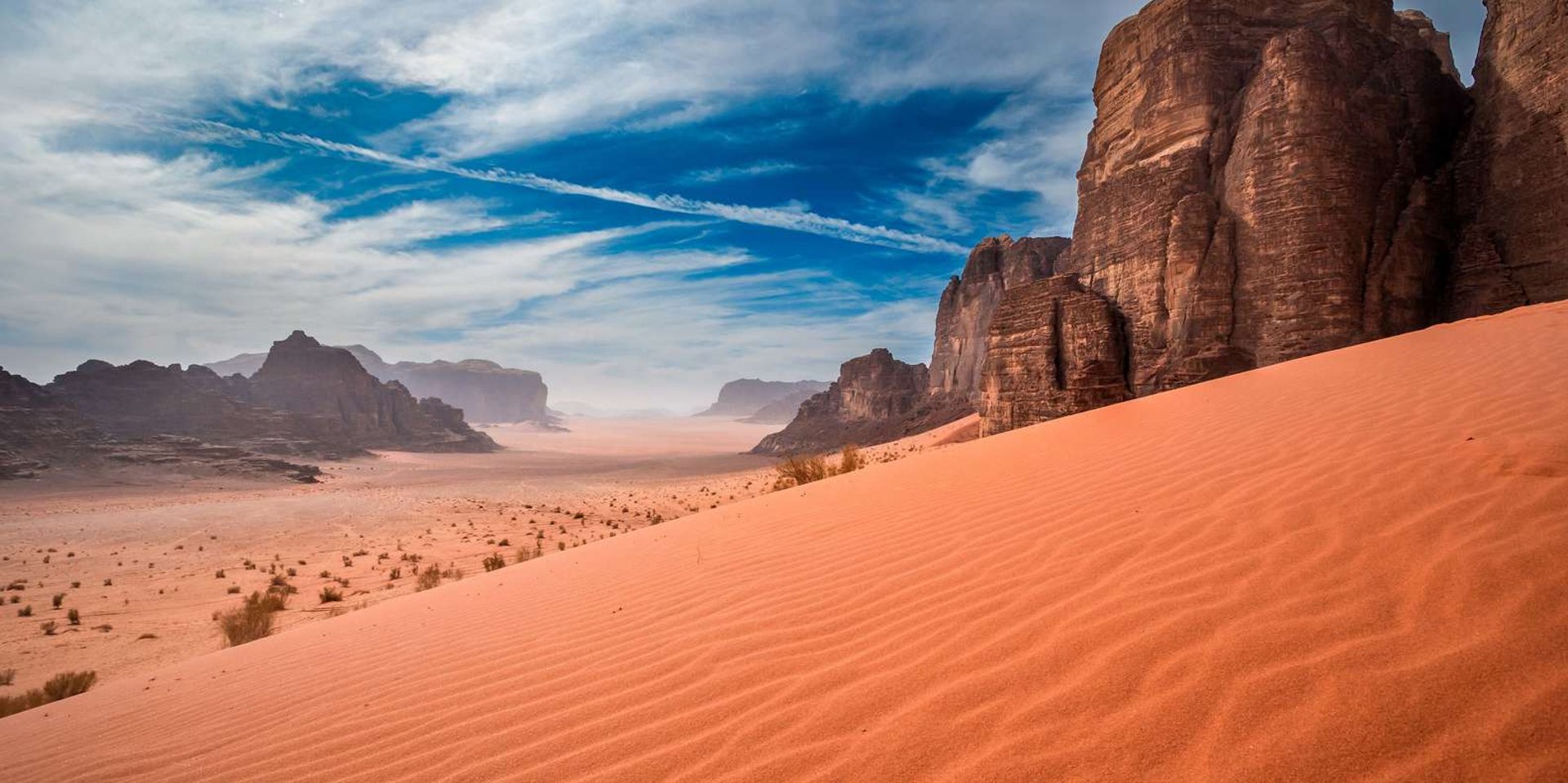
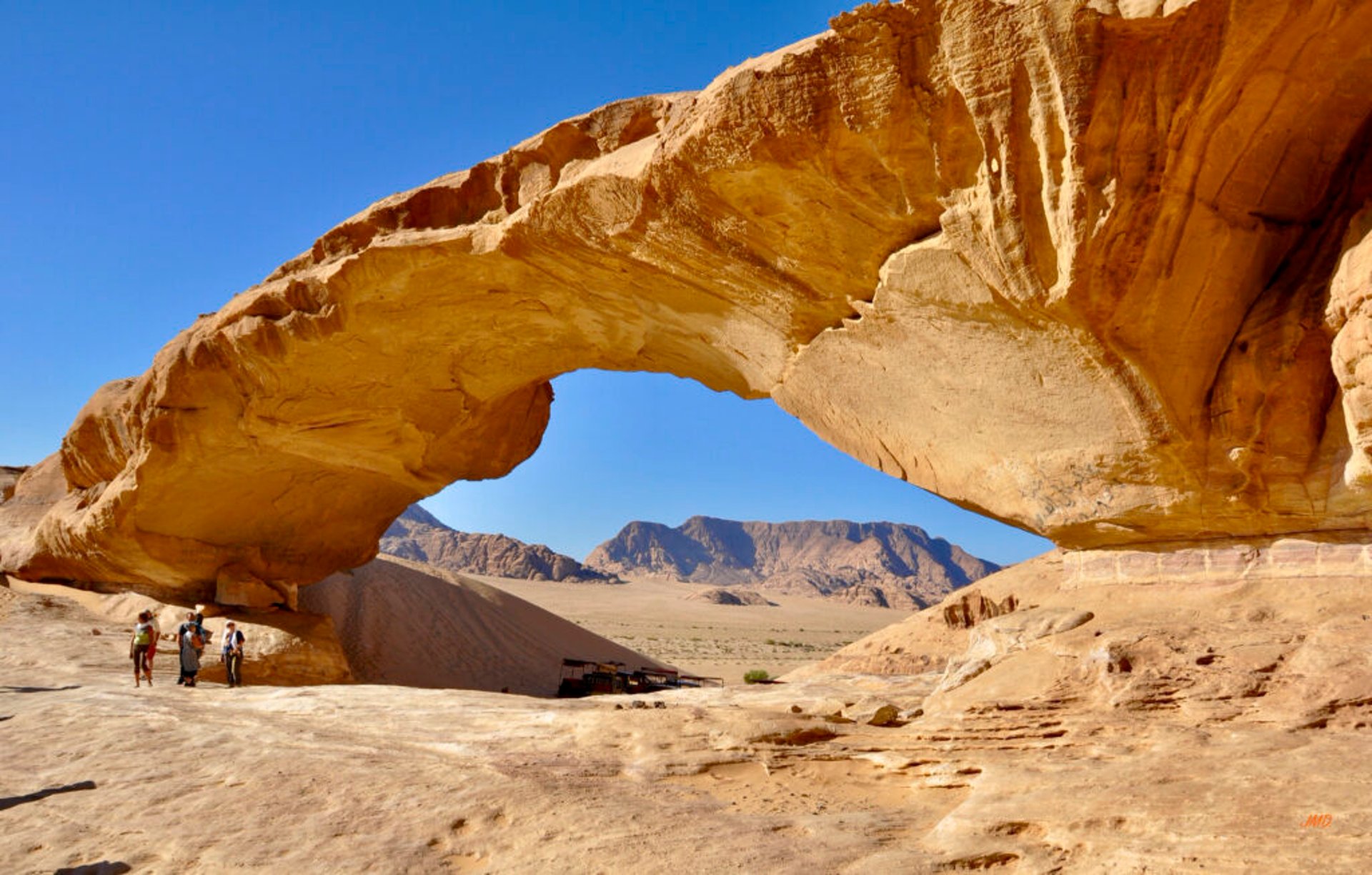
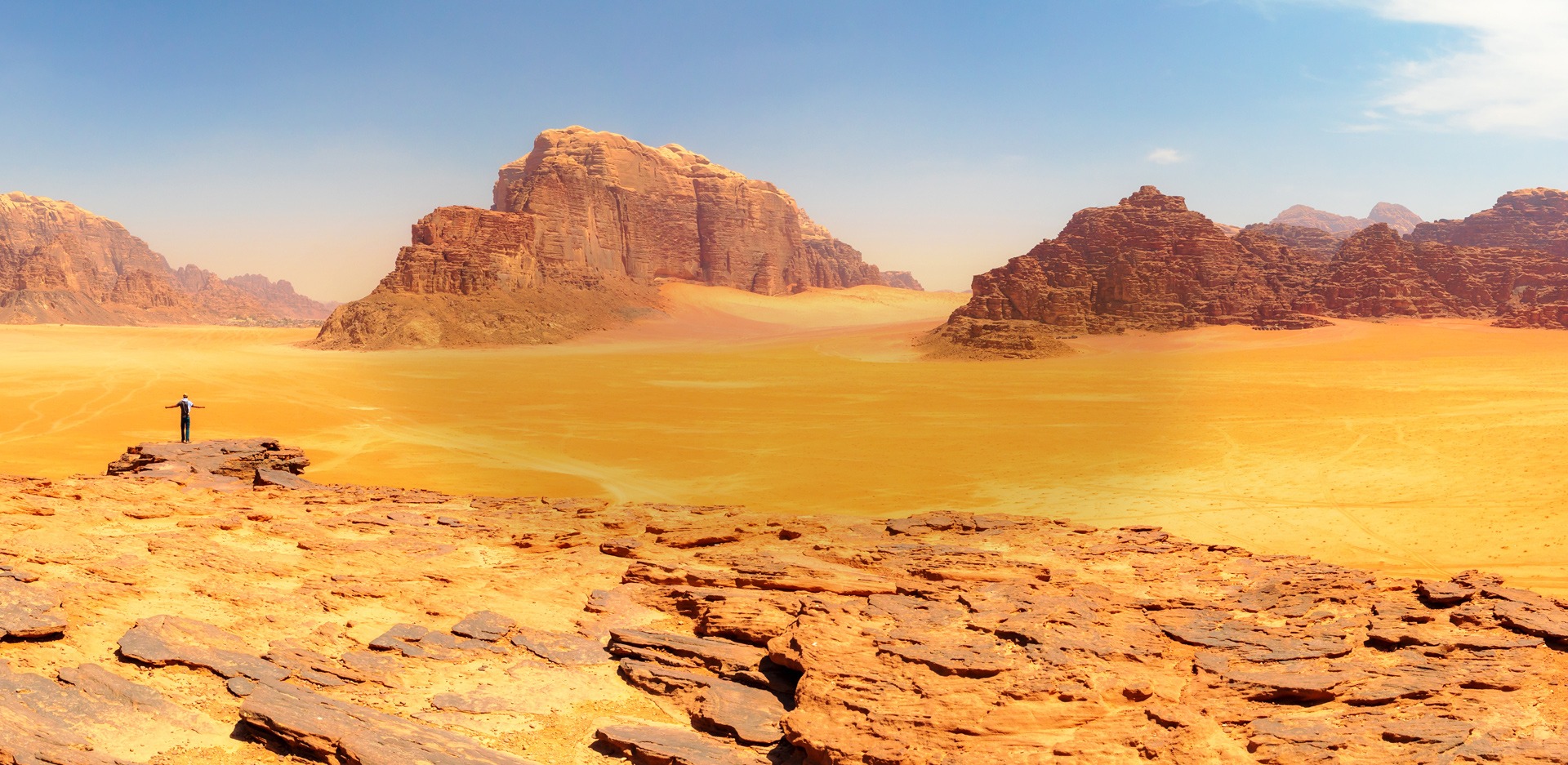
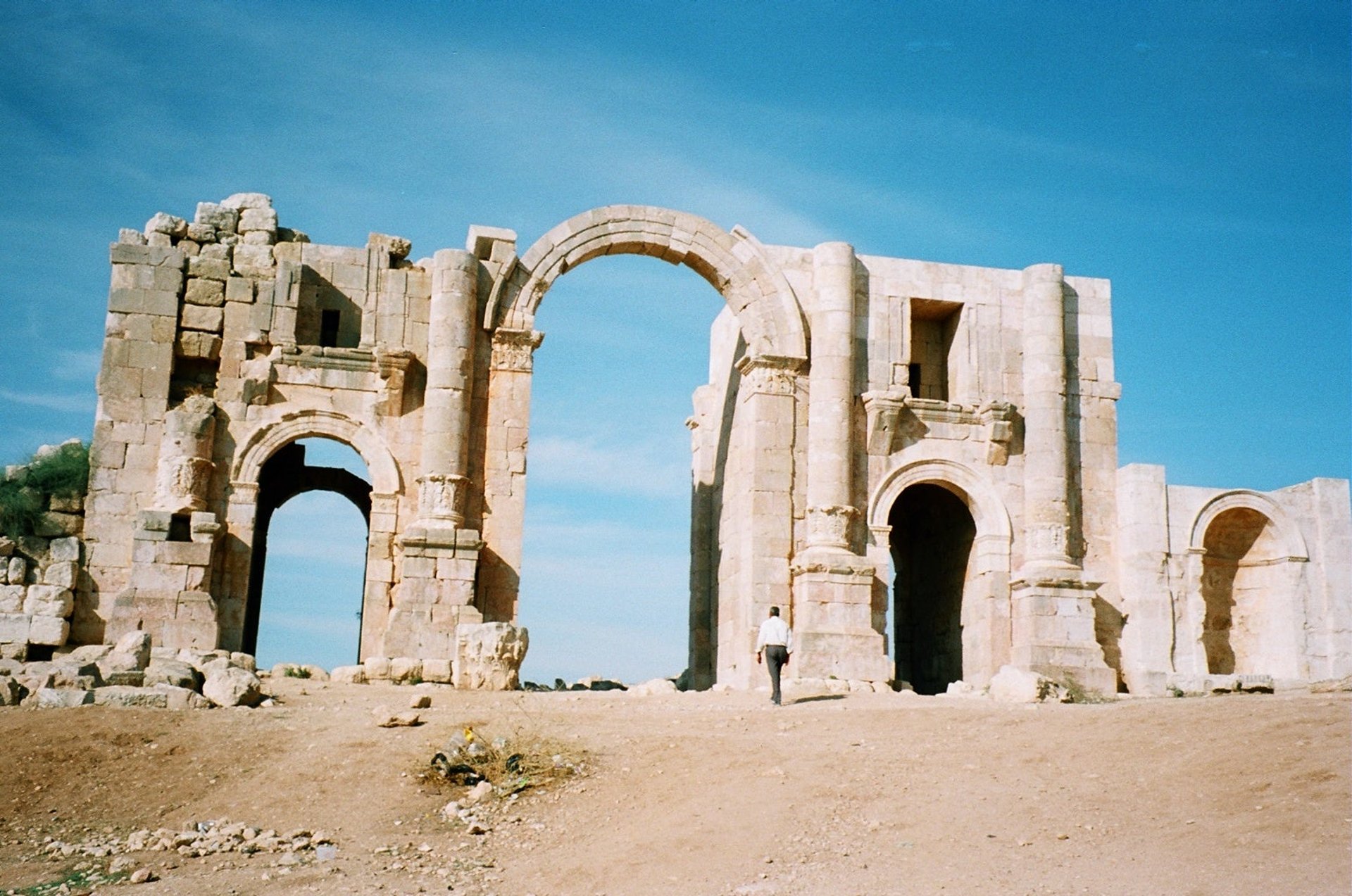
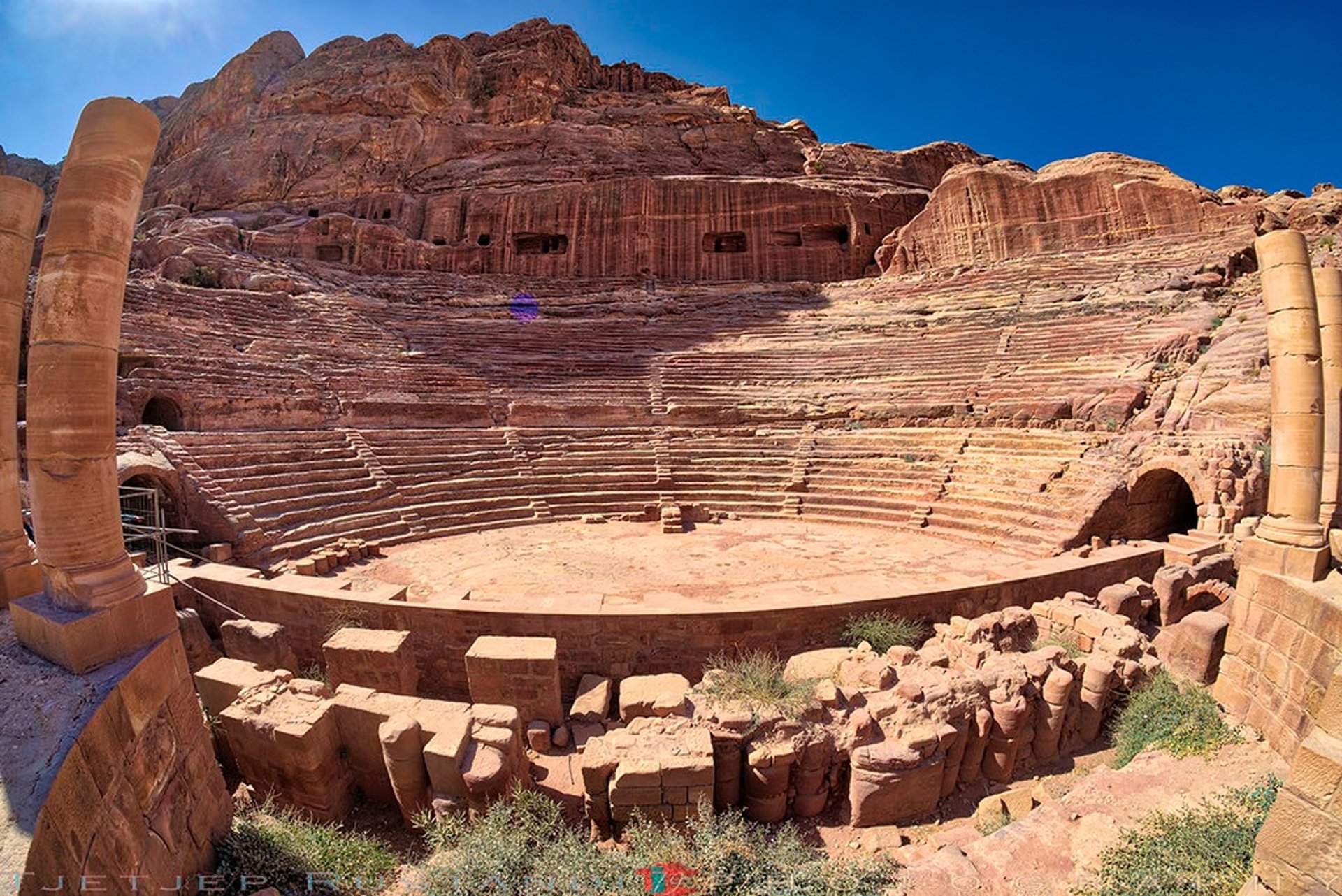
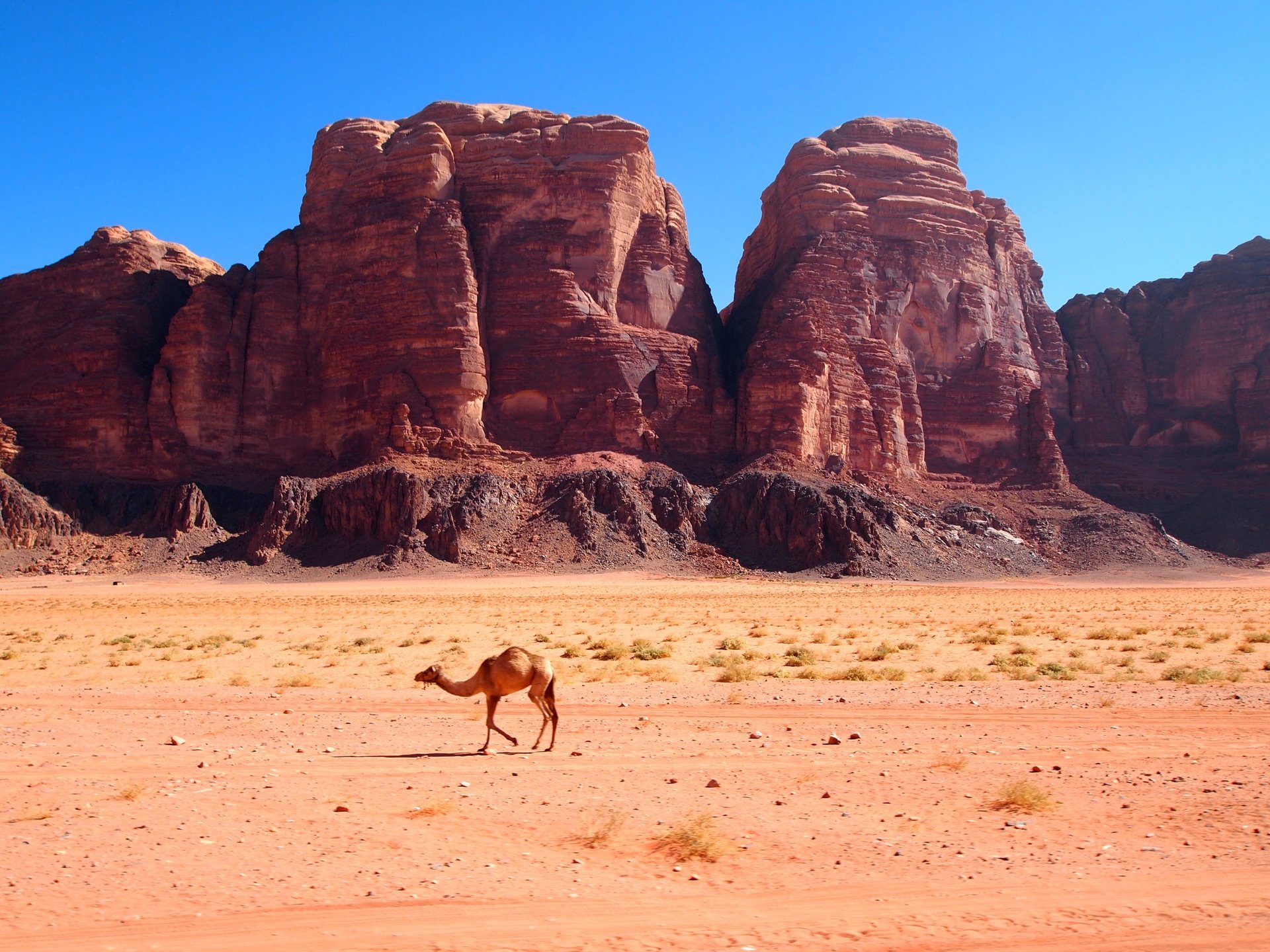
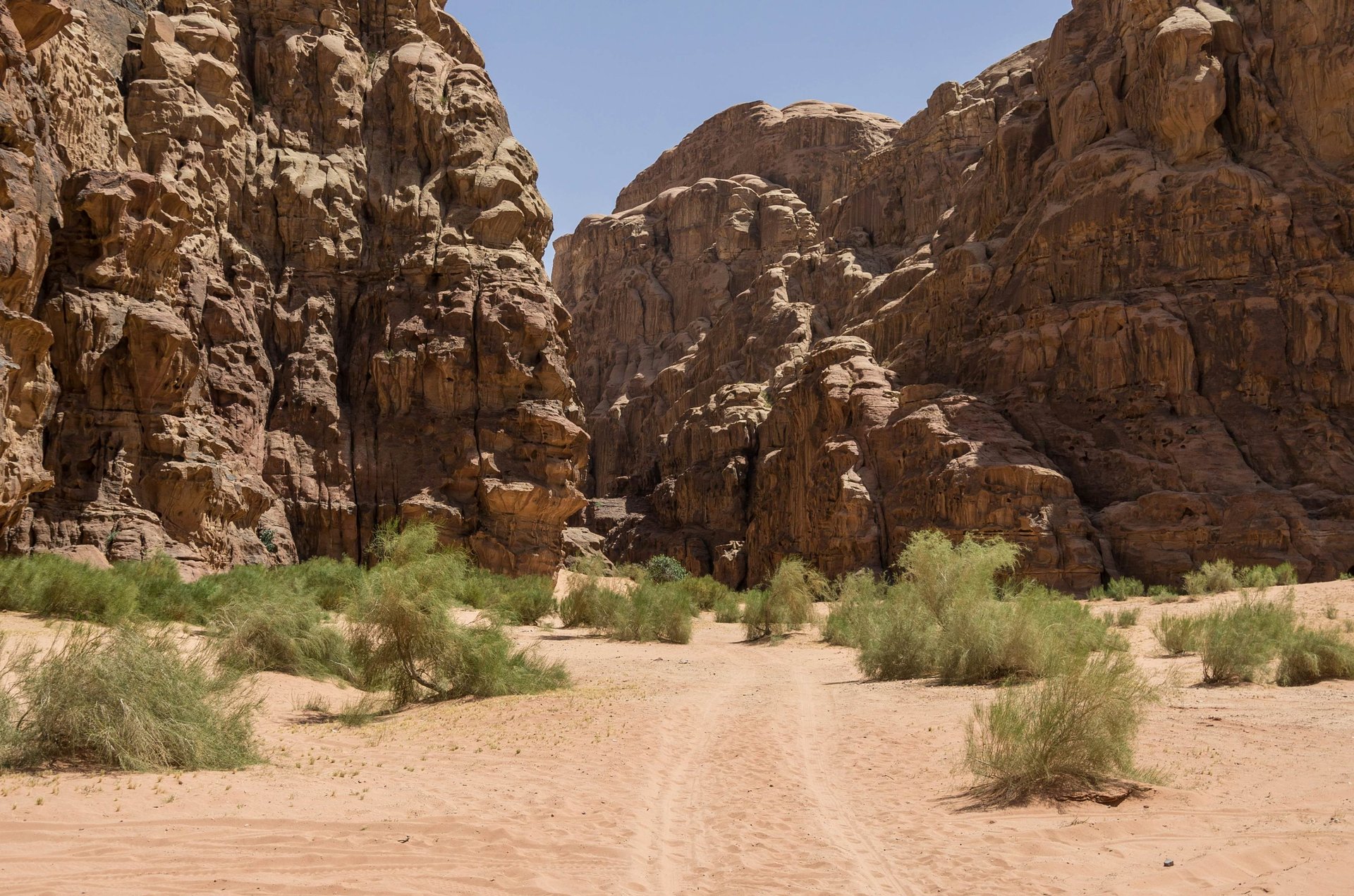
Jordan
Jordan is a hidden treasure chest of the Middle East, known for its ancient ruins, vast desert landscapes, and the mysterious charm of the Dead Sea. It is a country dotted with spectacular views that will captivate everyone, from history buffs to nature explorers. It is a "crossroads of civilizations" where ancient ruins (Petra Jerash) and modern cities (Amman) coexist, harmonizing Islamic spirituality with Arabic gentleness, as well as traces of Rome and Byzantium. In addition, natural landscapes such as the Dead Sea and Wadi Rum are also linked to ancient myths and biblical stories, enhancing their cultural value. In this way, Jordan continues to attract tourists and researchers as a "country where history lives."
It is not just a tourist destination, but a treasure trove of experiences that can be felt with all five senses. Why not try tasting Bedouin tea under the starry desert sky, touching the stones of ancient ruins, and floating in the waters of the Dead Sea and spinning your own story? With its pink rock faces, Martian landscapes and biblical memories, this place offers an unforgettable gift to all who visit.
Amman
Amman is a city of history that has been inhabited for about 7,000 years. The city is also known as a holy place of Christianity, and is close to the place where John the Baptist acted as a baptist and Jesus Christ was baptized, making it an important destination for faith tours. In particular, the Cathedral of St. George is a must-see spot. The "Mosaic of the Holy Land Map" that can be seen here attracts pilgrims and history lovers as an important relic of early Christianity.
Amman's historical center, Al-Ksour, is dotted with ancient Greek and Roman ruins. In particular, Amman Serif (Fortress) and the Roman Theater tell the tale of human traces that continue from 1,200 BC, and you can experience the grandeur of ancient times with a spectacular view.
Modern Amman is also attractive, and the trendy Rainbow Street is a lively streetscape with art galleries and local restaurants.
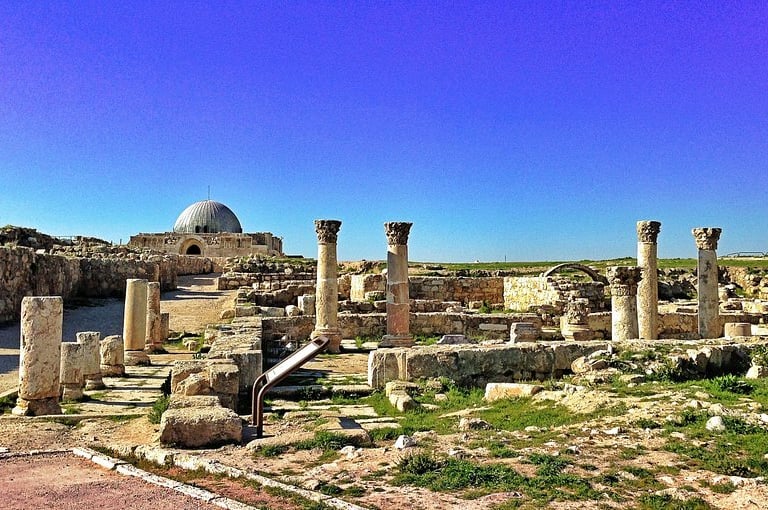

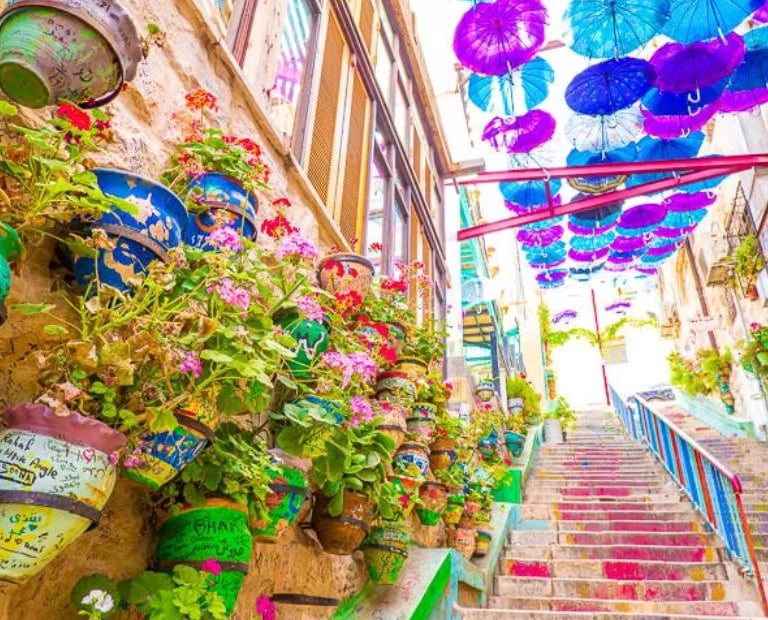

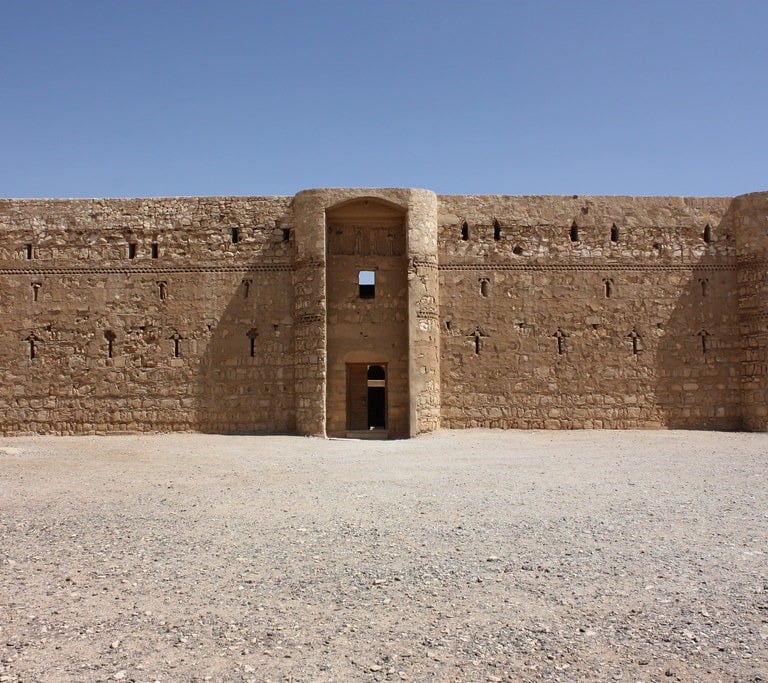

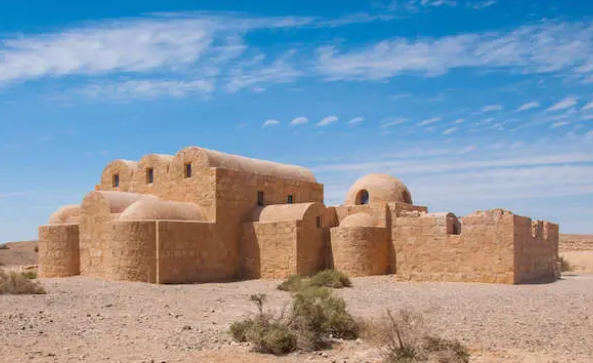

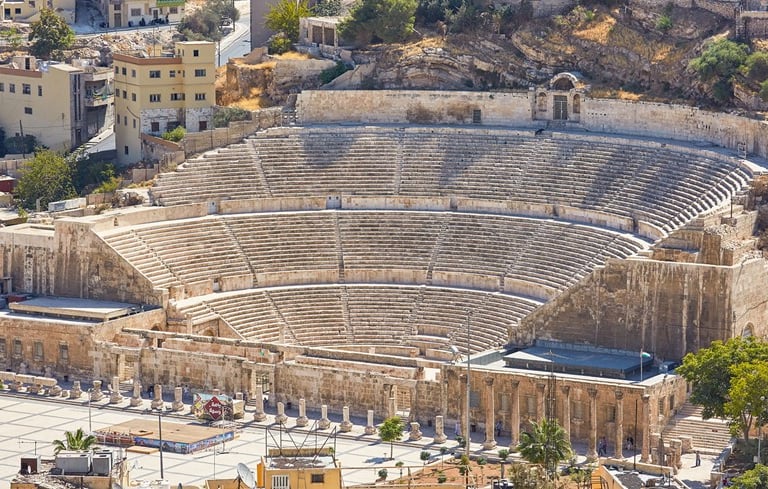

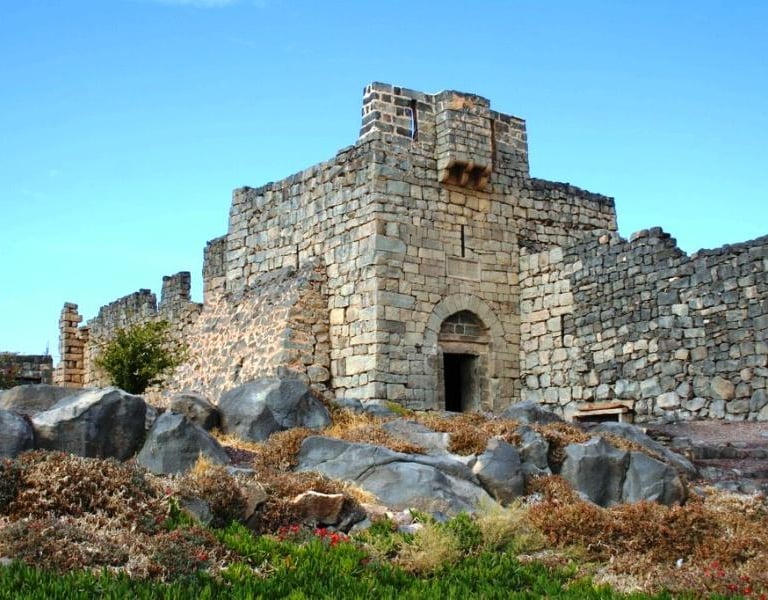

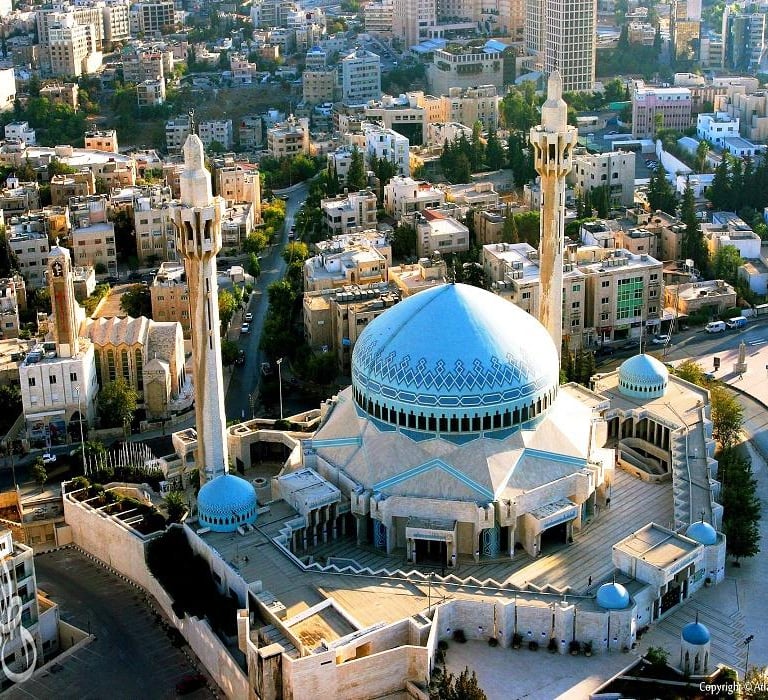

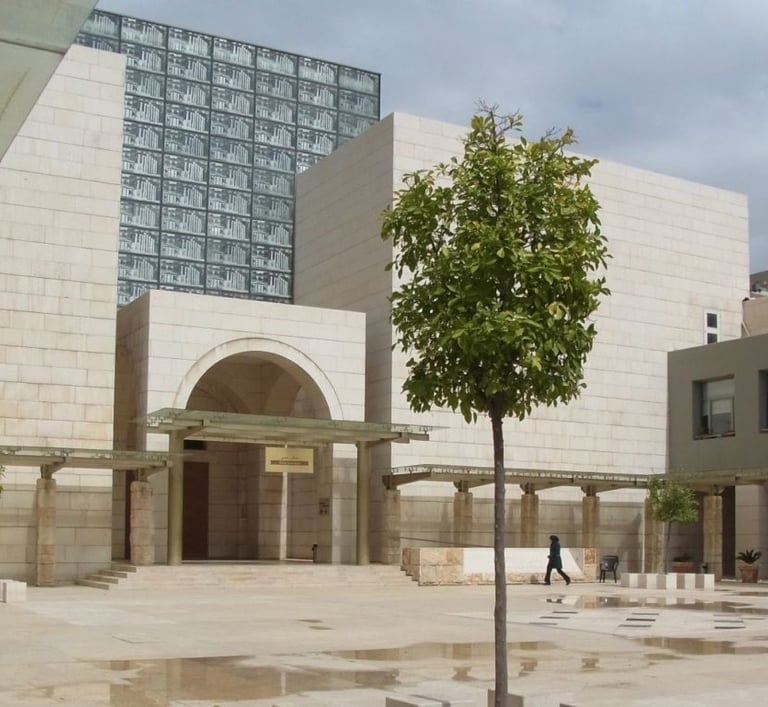



Petra
Petra, a symbol of Jordan and a city that attracts tourists from all over the world, is a mysterious city carved directly into red sandstone by the ancient Nabataean people in the 3rd century BC. The moment you pass through the narrow Siq Canyon at the entrance, you will see the figure of Tre Asury (Al-Khazne), where red sandstone stops the flow of time in the middle of the desert. This view explains why it was selected as one of the "New Seven Wonders of the World" in 2007.
It is a vast archaeological site dotted with the remains of an ancient city that flourished as a key trading point. The temples, cemeteries, theaters, and water facilities carved into the sandstone are a culmination of the Nabataean technology and artistry. In particular, the terrain that spreads out among the mountains at an altitude of 1,500 meters allows you to experience the grandeur of the Arabian desert along with the spectacular view from the highest peak, Mount Mabrak.
In recent years, the Jordanian government has established the Petra Development and Tourism Authority to preserve the ruins and improve the tourist experience. Within the ruins, you can enjoy a magical moment when the sandstone shines golden on a light-up tour at dusk, or an adventure of a two-hour climb to see the entire city from the observation deck of Ad-Deir Temple.
It is Jordan's top tourist destination, welcoming approximately one million visitors a year, and is also popular as a continuous tourist route with Wadi Rum and the Dead Sea. Travelers from all over the world gather here in search of a rare experience where the history of humanity engraved in the desert speaks at your feet.
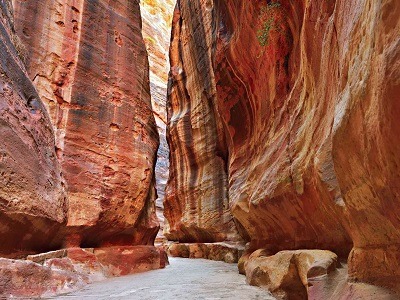

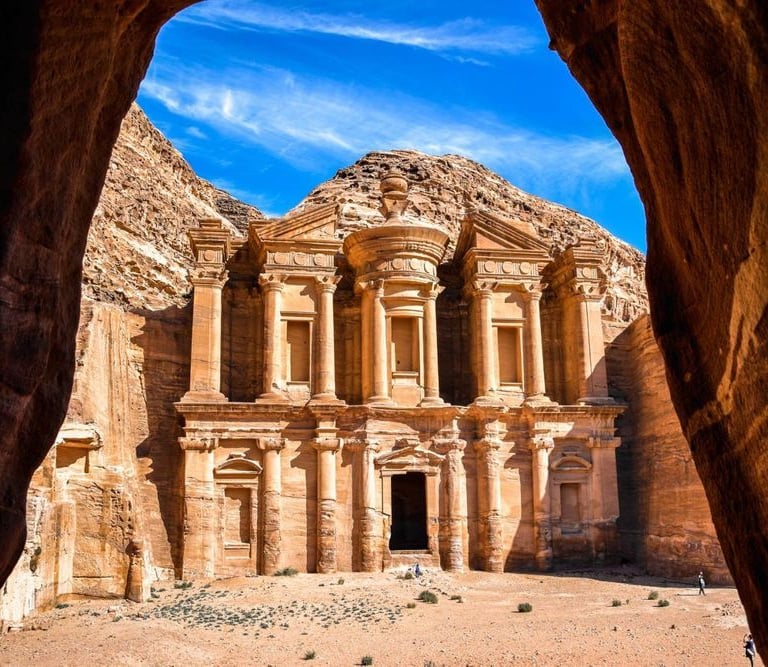

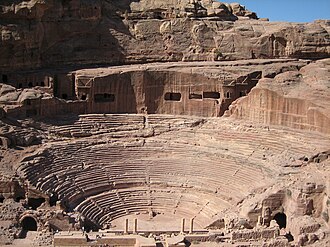

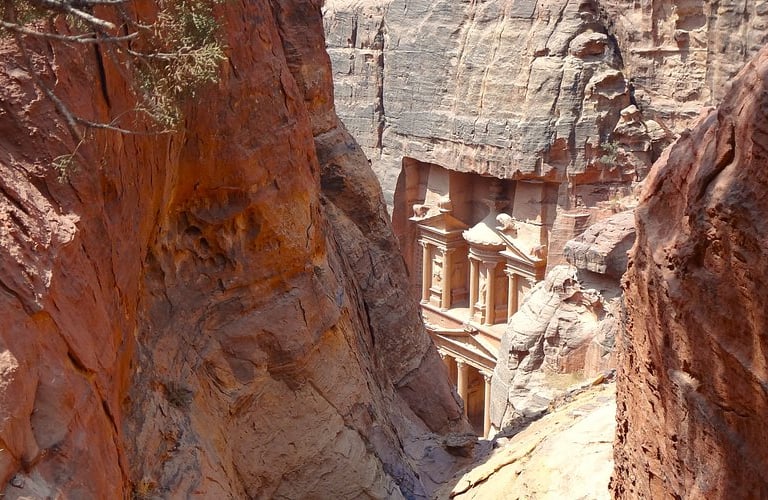

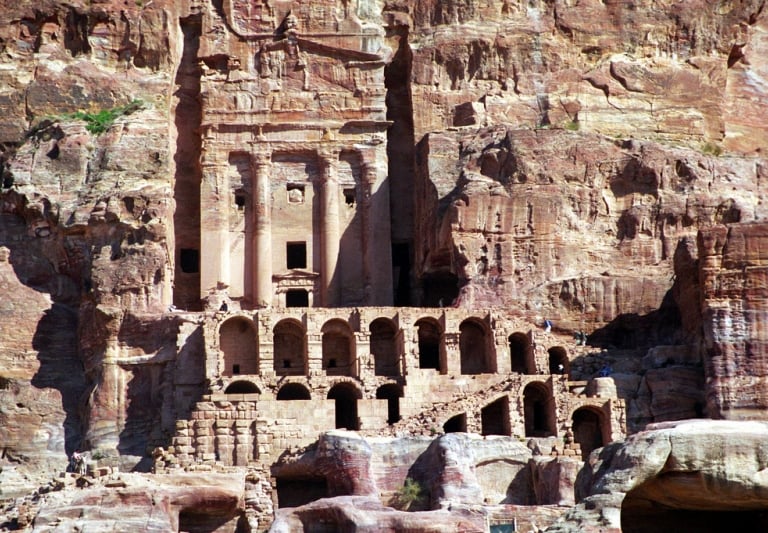

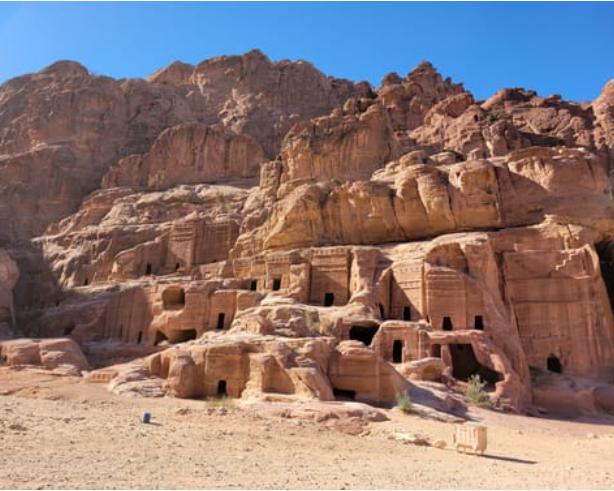

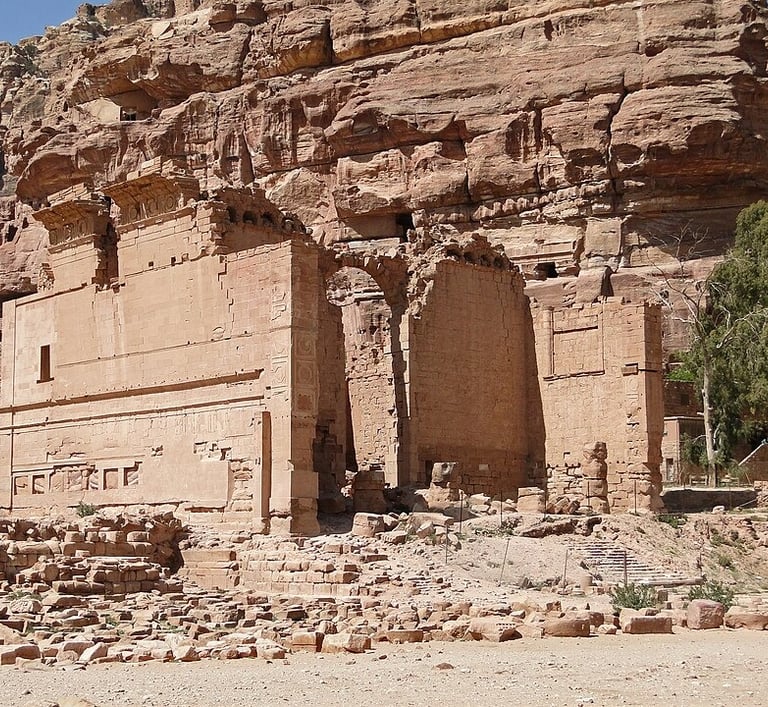

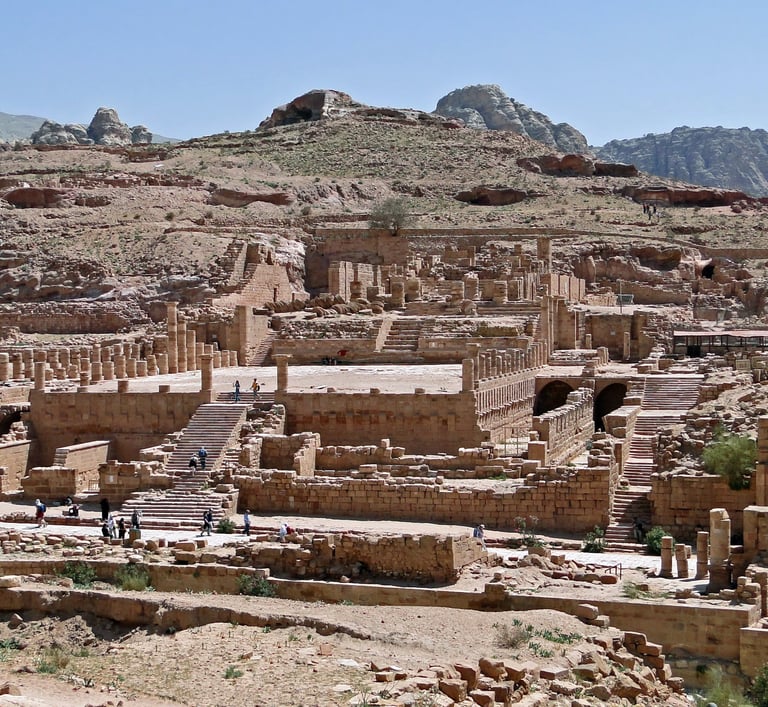

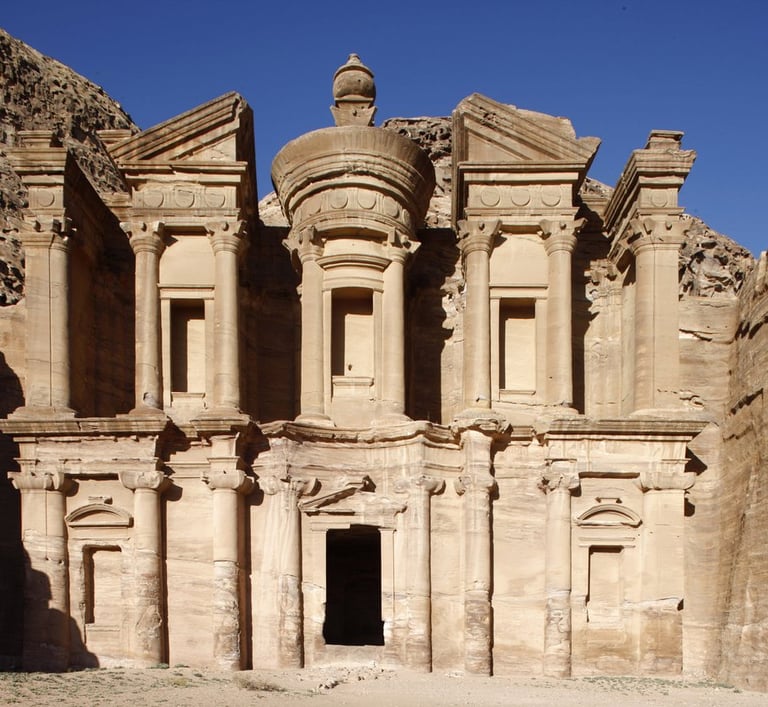

Wadi Rum (Valley of the Moon)
Wadi Rum, also known as the Valley of the Moon, is one of the most spectacular desert landscapes on earth. Located about 60 km northeast of the Red Sea and the city of Aqaba, Wadi Rum's beautiful nature attracts tourists from all over the world for jeep safaris, two-day Bedouin hospitality experiences, hiking, rock climbing, ATVs, and hot air ballooning. Wadi Rum remains an open desert with few buildings, and its inhabitants are the Bedouin tribes that have lived here throughout history, up to the present day.
It is the largest "wadi" (dry valley) in Jordan. It is a diverse desert region, with steep red rock formations and plains covered with sand and salt. Many civilizations have inhabited the region, but it has always been sparsely populated due to its harsh and inhospitable nature. Currently, the region is inhabited by only a few Bedouin tribes, most of whom live in the village of Rum, the region's only population center. Wadi Rum gained popularity in the West with the film Lawrence of Arabia, which follows the story of TE Lawrence fighting in what was then Transjordan during World War II.
In recent years, It has become a popular filming location for movies seeking lunar landscapes. Famous recent films include scenes from The Martian and Star Wars: Rogue One.
It is a nature reserve and an entrance fee is required. There is also a visitor's centre at the entrance to the area.
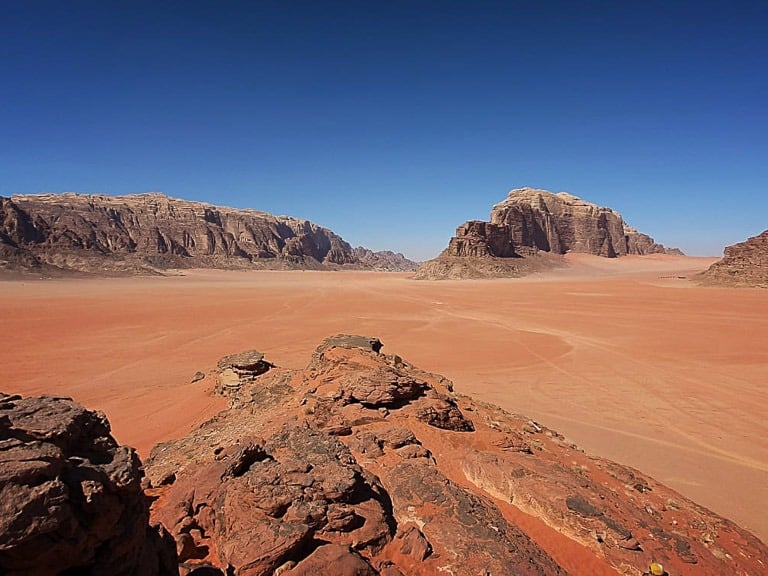

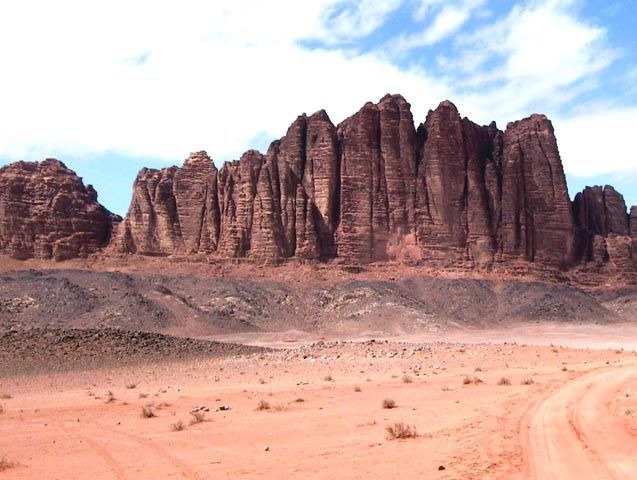

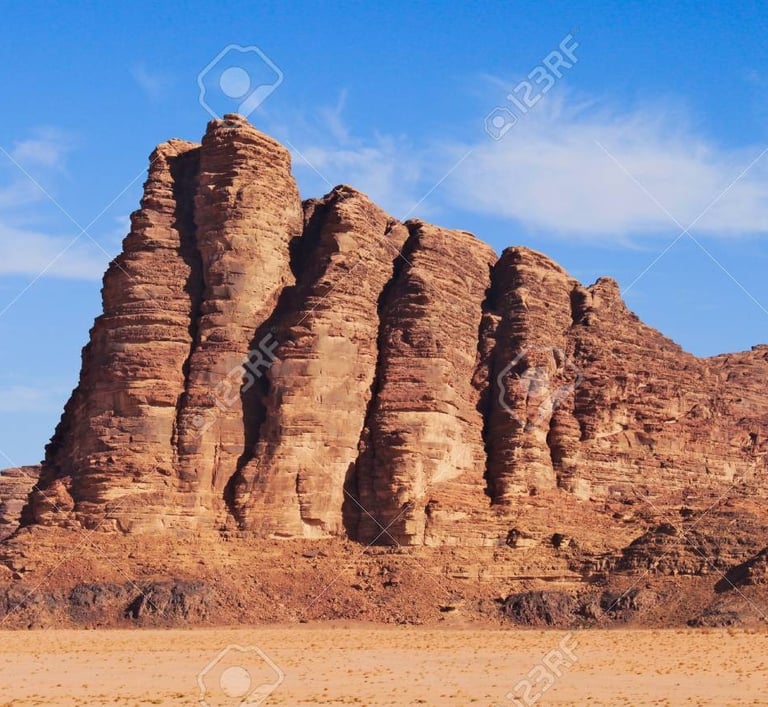

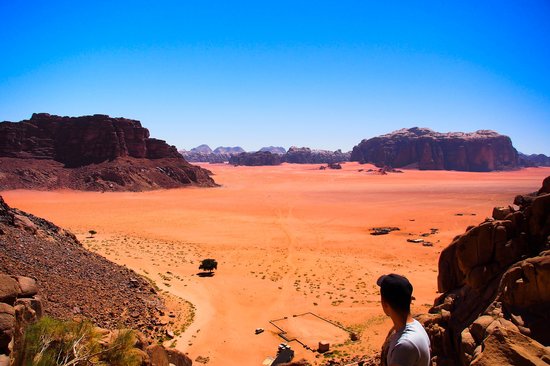

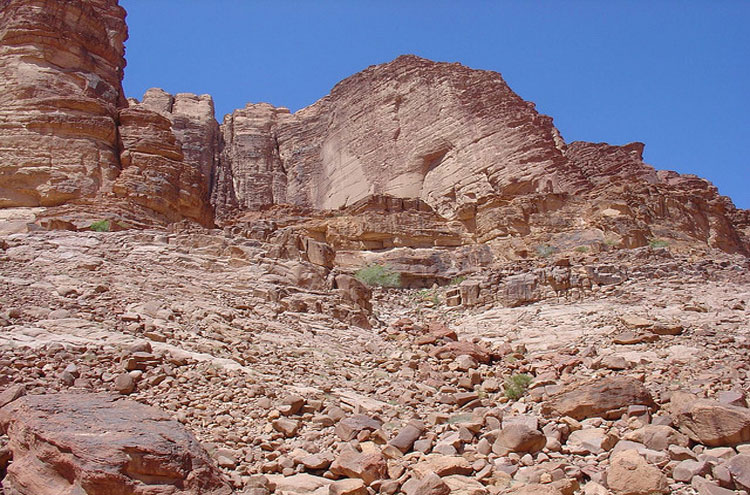

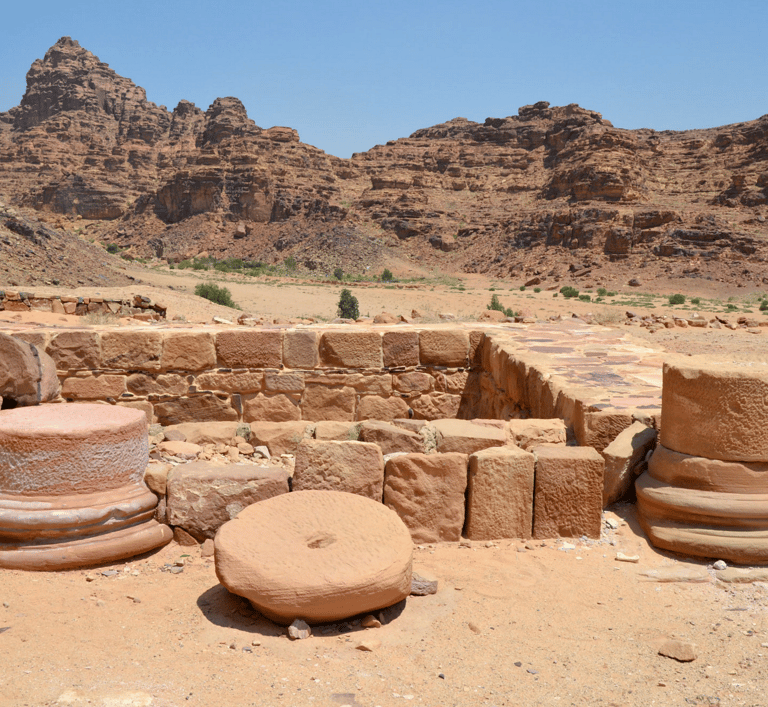

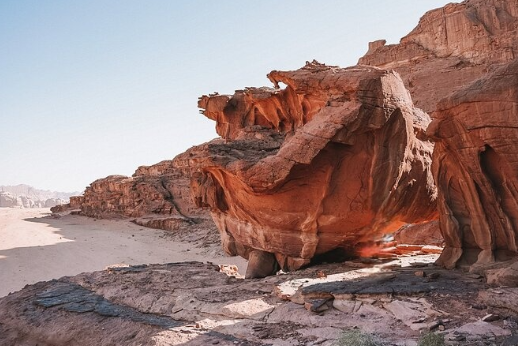

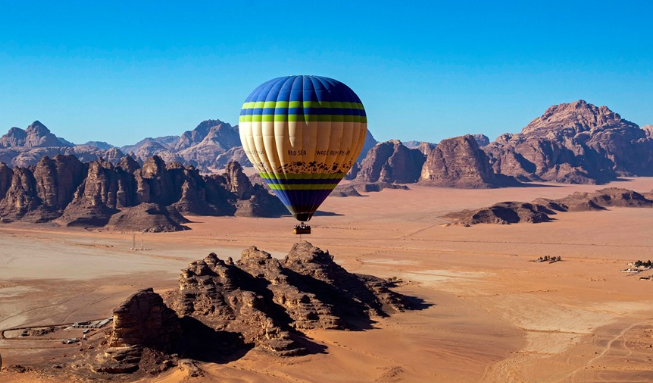

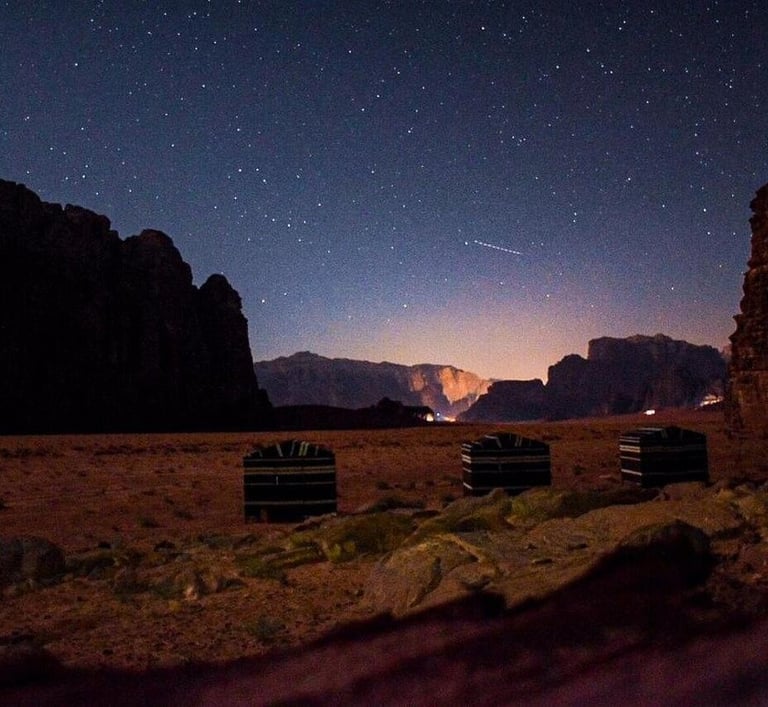

Madaba
Located in central Jordan, Madba is known as the "City of Mosaics," a holy place of ancient art and religion. Many ancient mosaics are scattered throughout the city, including the Church of St. George, which has the "Mosaic of Jerusalem and the Holy Land," created during the Byzantine period in the 6th century. In particular, the detailed map mosaics that recreate the lands of the Bible attract Christian pilgrims and history fans, and are considered one of the world's leading heritage sites.
It is also one of Jordan's leading "hot spots for religious tourism." It is popular as a pilgrimage route for faith, with places mentioned in the Bible, such as the Church of St. John the Baptist and Moses' View (Mount Nebo), nearby.
The city's scenery is unique, with the colors of the red sandstone and mosaics harmonizing, and the coexistence of traditional Middle Eastern stone houses and ancient art.
The highlight of tourism is not only appreciating ancient art at churches and archaeological museums, but also enjoying the surrounding nature. The panoramic view from Mount Nebo overlooks the Dead Sea and the Danube River Gorge, and you can experience the history of ancient trade routes and religion. Madba is also convenient for accessing Petra and Wadi Rum in the north, making it an ideal base for historical exploration.
The warm hospitality of the local Bedouins is also one of its attractions. Mosaic craft workshops and restaurants serving traditional cuisine allow you to experience Jordanian culture in depth.
Madba is a "town where time stands still" where history, faith and art blend together. It offers special memories for those who are looking for a trip to feel the breath of ancient times, surrounded by the beauty of mosaics.
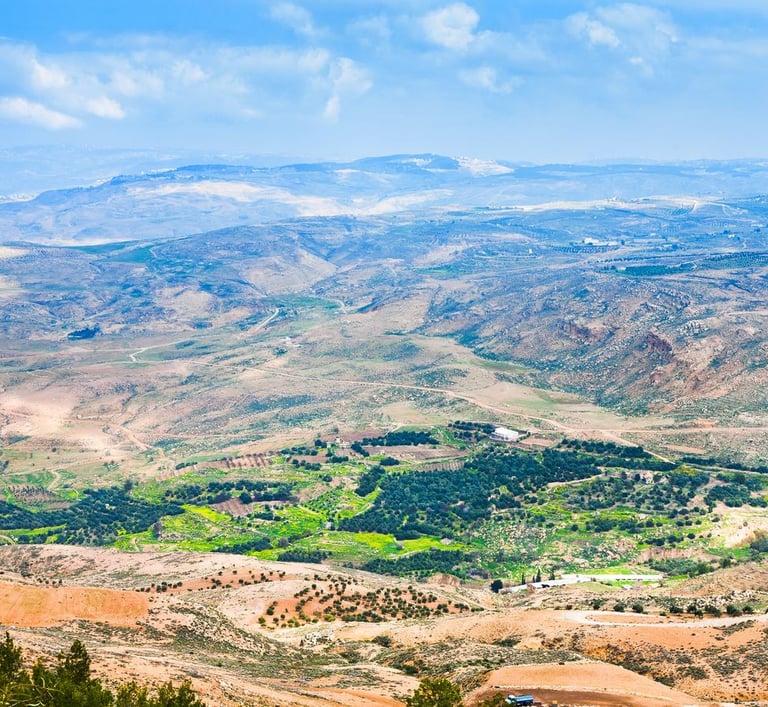

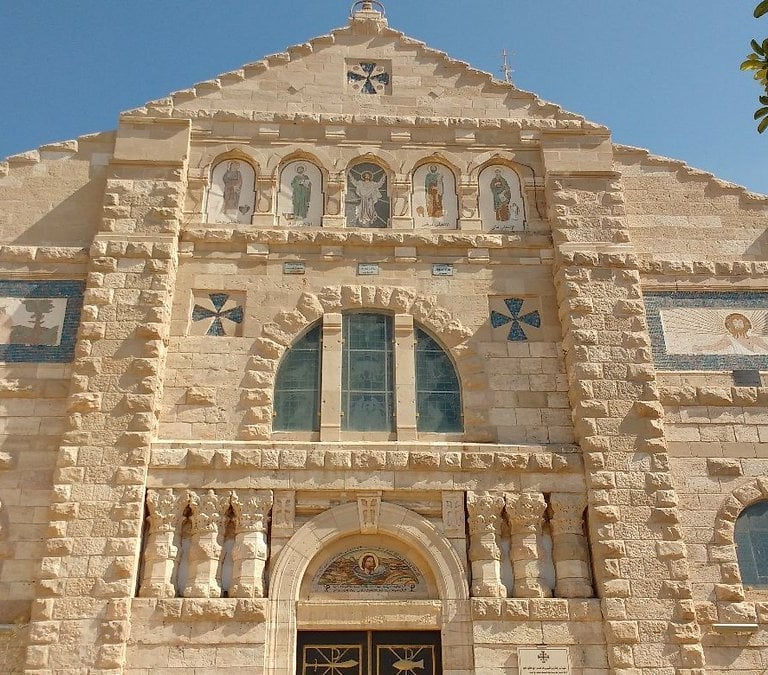

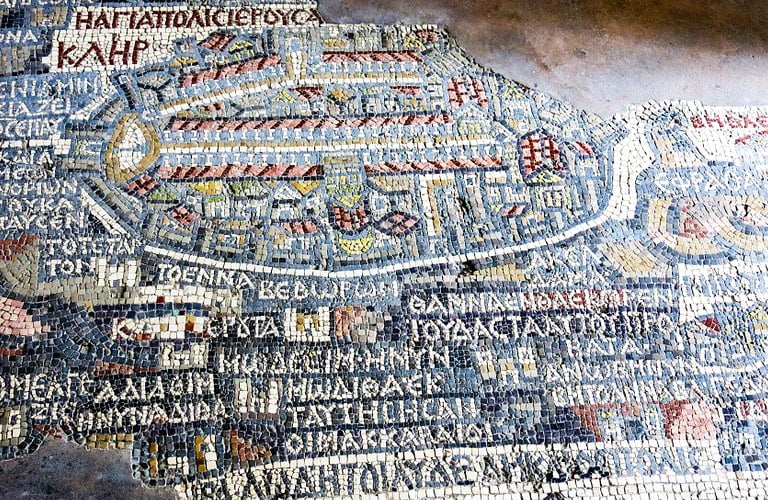

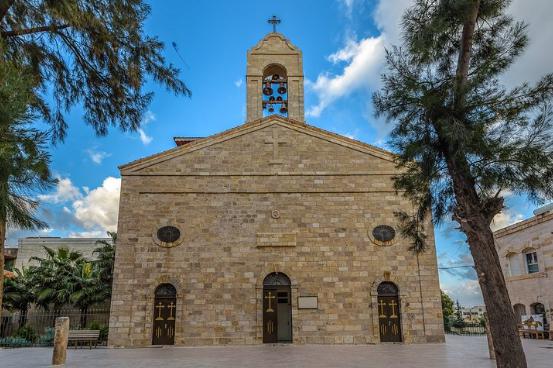

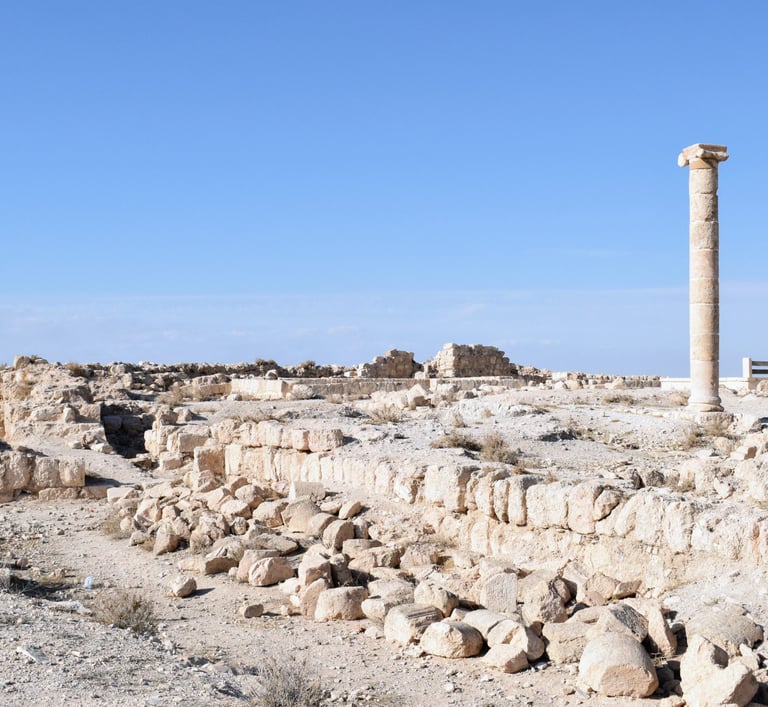

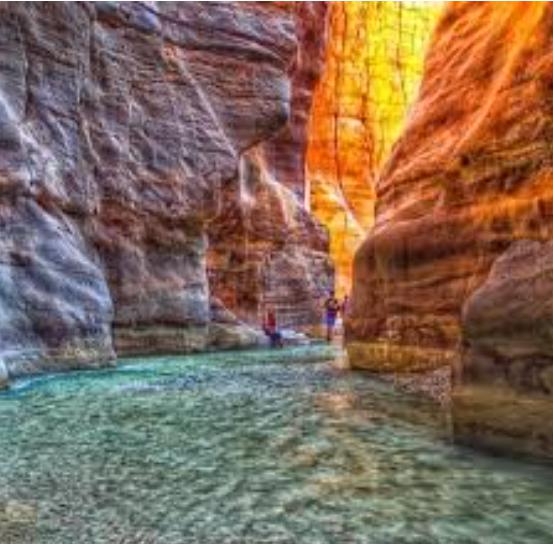

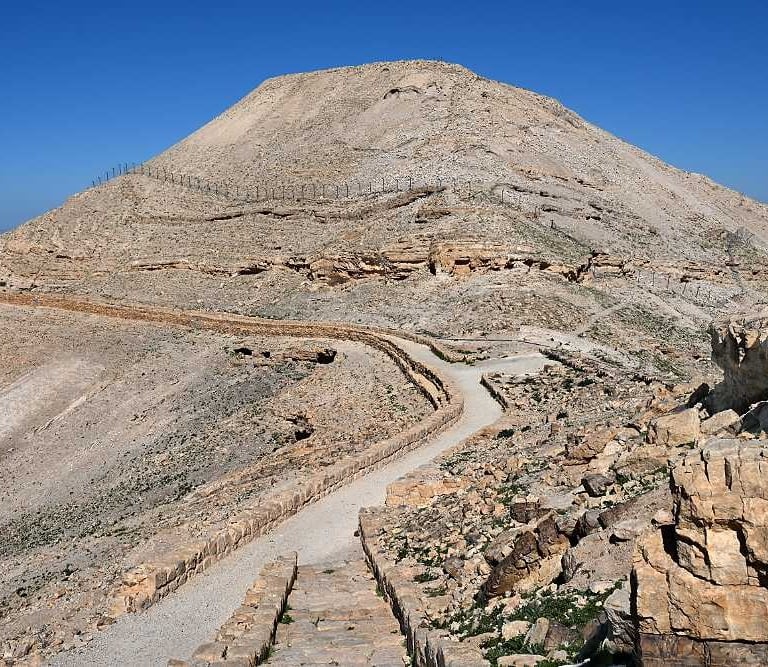

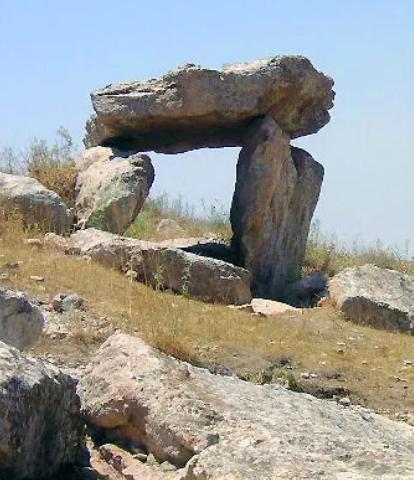

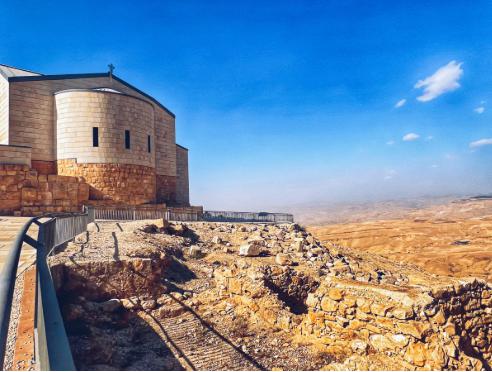

The Dead Sea
Located on the border between Jordan and Palestine, the Dead Sea is the deepest lake in the world, stretching 427 meters below sea level. Its extremely high salt concentration makes it popular due to the rare natural phenomenon that allows humans to float in it with ease. As its name suggests, the Dead Sea is uninhabitable, but it is actually a treasure trove of health and beauty products. Mud packs and salt baths have long been a staple of wellness tourism, and are considered ideal for fatigue recovery and skin care.
It is part of the Turkish-African Rift and is a huge lake about 50 kilometers long. The scenery surrounded by cliffs is like an otherworldly world. You can float with your family while watching the sunset, apply a black mask mud pack, or enjoy adventures such as cycling, skydiving, and exploring the Nahal David Valley.
There are many spots around it that hold ancient secrets. The caves of Qumran are popular with history fans because they are home to the Dead Sea Scrolls, ancient Jewish documents. It is also known as part of a religious pilgrimage route, as it is said to be the place where John was baptized, and we recommend combining it with Mount Nebo (Moses' Observatory).
It resorts on the Jordanian side offer luxury spas and accommodations, where you can enjoy sunbathing and relaxation. It is also convenient for consecutive visits to Petra and Wadi Rum, making it a great destination where you can experience both the mysteries of nature and cultural exploration.
The Dead Sea is a "miracle lake" where the wonders of the earth and human history intersect, and is a must-visit destination. From families to those seeking healing, an experience that will move you is waiting.
